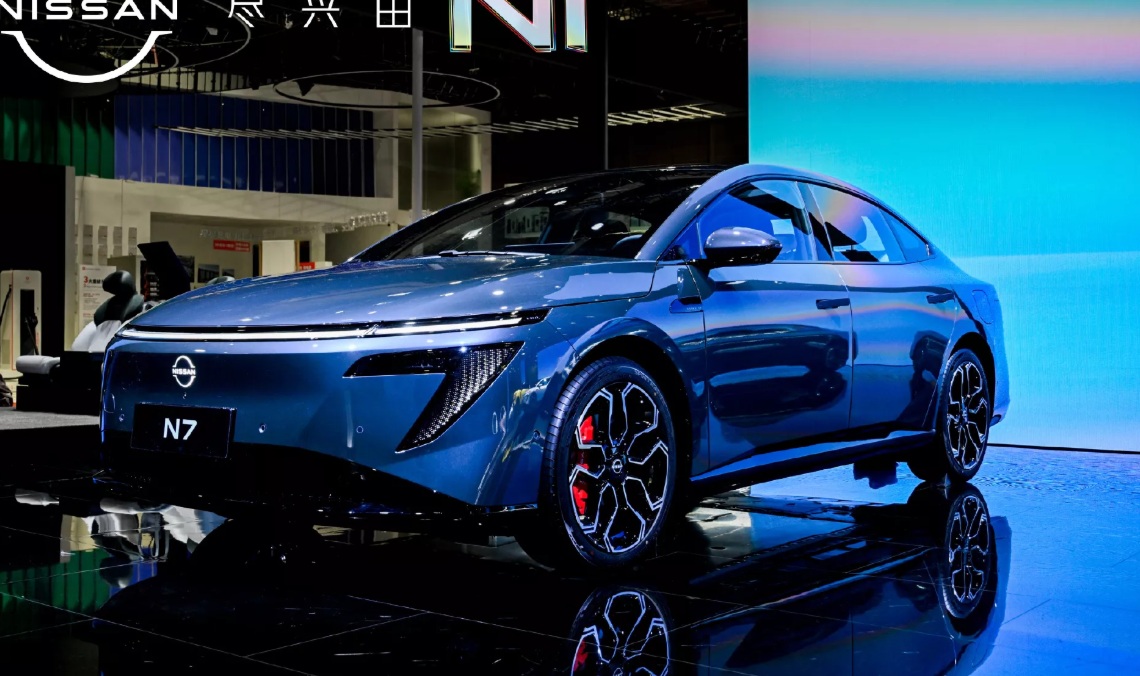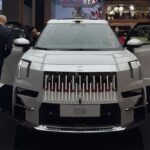Nissan Unveils the All-New Electric Sedan, the N7
With its futuristic design, modern interior, and a starting price of just $16,400, the Nissan N7 is turning heads, especially in the affordable electric sedan segment.
The Nissan N7 is based on the Dongfeng eπ 007, a product of the Nissan-Dongfeng joint venture in China. This vehicle has a total of five variants, with prices ranging from 129,900 to 199,900 CNY (approximately 464.5 to 714.9 million VND).
The N7 comes in three versions: the N7 510 Air, N7 510 Pro, and N7 510 Max, all equipped with a 58 kWh LFP battery, offering a range of approximately 510 km based on the CLTC standard. The two higher-end versions, the N7 620 Pro and N7 625 Max, feature a 73 kWh LFP battery, providing a range of 625 km.
In terms of dimensions, the Nissan N7 measures 4,914 mm in length, 1,894 mm in width, 1,485 mm in height, and has a wheelbase of 2,915 mm, significantly larger than the last Maxima that Nissan sold.
Nissan offers two power output options for the N7: 215 hp or 268 hp, both with rear-wheel drive. While not a performance-oriented vehicle, the N7 is more than capable of meeting daily driving needs and providing sufficient power for highway acceleration.
The car utilizes a 400V electrical architecture, which helps keep costs low but limits fast-charging speeds compared to 800V platforms found in vehicles like the Hyundai Ioniq 6 and Porsche Taycan.
The Nissan N7‘s interior features a simple yet modern design. The cabin is highlighted by a 15.6-inch touchscreen, paired with a large digital instrument cluster behind the steering wheel. The driver’s cockpit includes a two-spoke steering wheel, two wireless charging pads, two cupholders, and minimal physical buttons, except for a few controls integrated into the steering wheel.
This design marks a significant departure from Nissan’s traditional vehicles, aligning with the trend pursued by Chinese automakers that emphasizes technology and a “future-forward” feel.
The Nissan N7 not only challenges competitors like BYD, Xpeng, and Geely in the electric sedan segment but also signifies Nissan’s evolution from a company known for its internal combustion engines and hybrid vehicles to a true player in the era of electrification.
With a price comparable to that of a small car like the Versa, yet offering dimensions similar to the Maxima, Nissan is targeting young, urban families or first-time electric vehicle buyers who seek a cost-effective option without compromising on size.
TH (Tuoitrethudo)
The Electric Revolution: Honda e:N2 Unveiled with a Mighty 500 km Range
Honda continues to electrify its global lineup with the introduction of the all-new e:N2 SUV in Asia. This latest addition to their electric vehicle family showcases Honda’s commitment to an eco-friendly future, offering consumers a stylish and sustainable option in the popular SUV segment. With the e:N2, Honda is poised to accelerate its electric ambitions and capture the hearts of environmentally conscious drivers across the region.

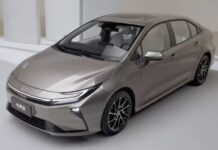
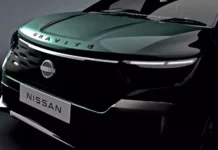






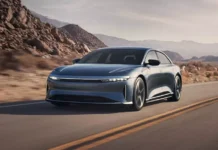
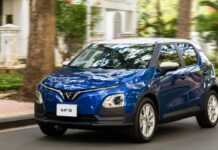
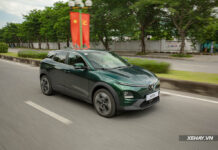
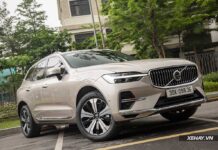






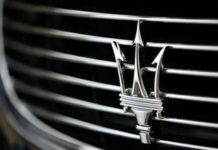









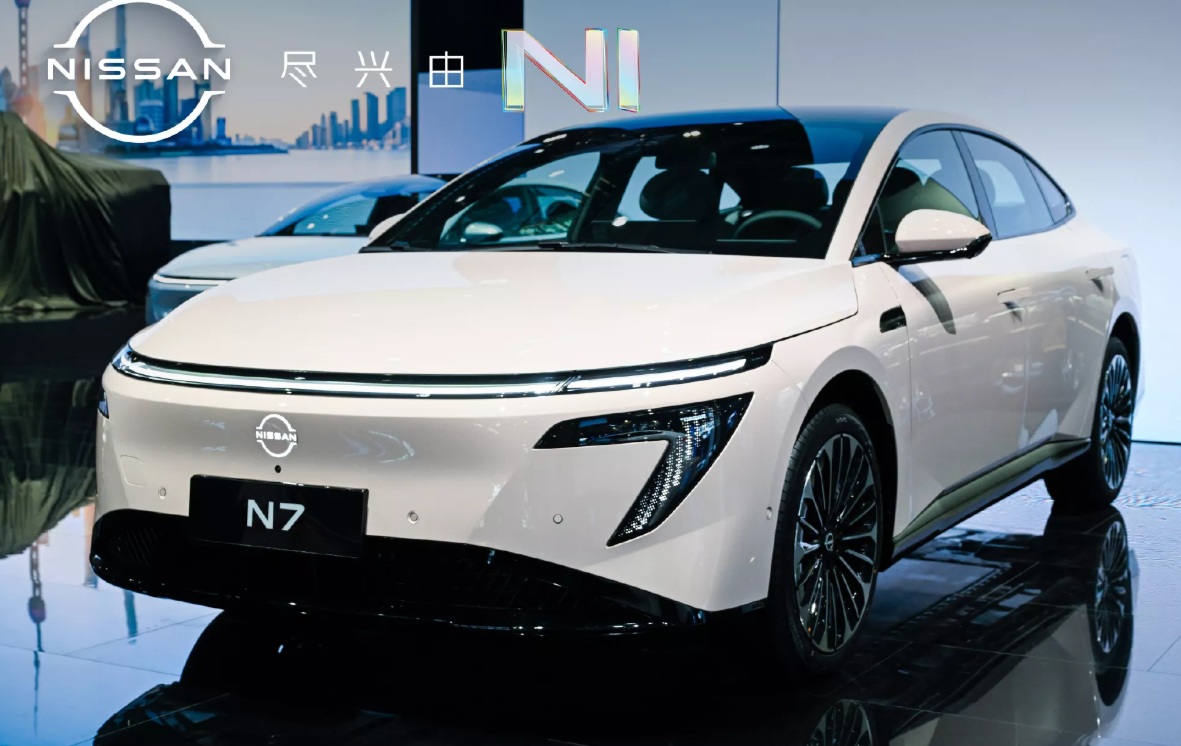
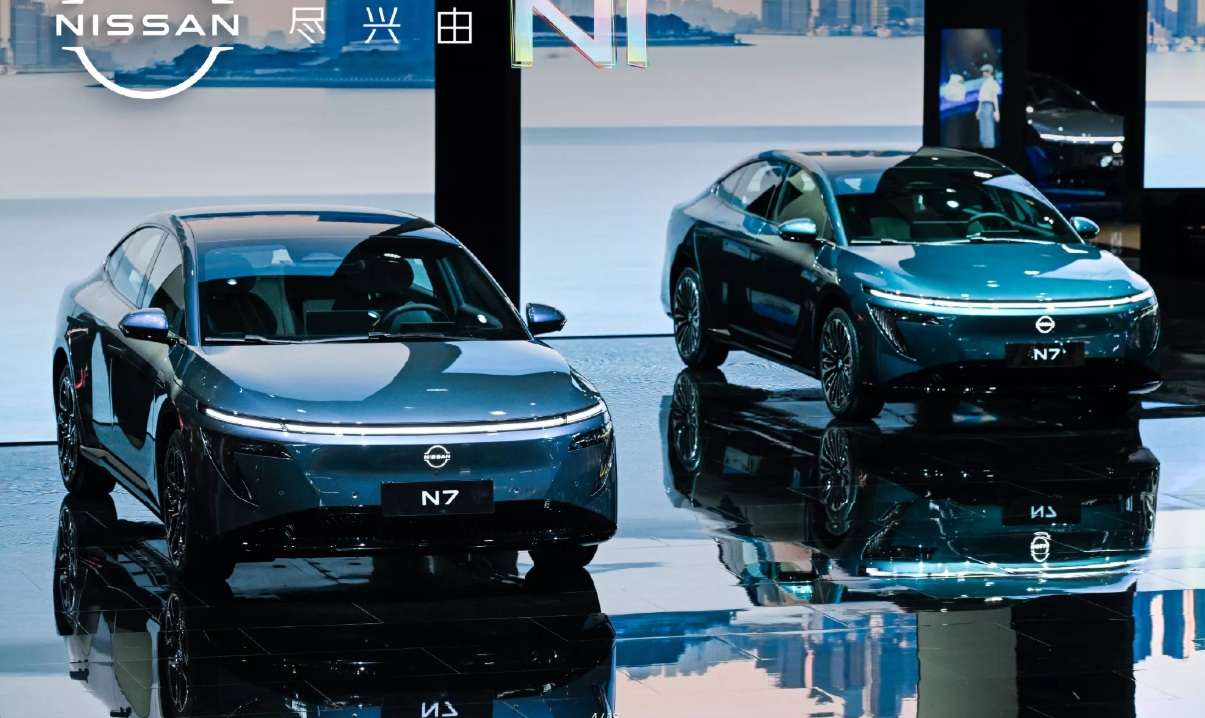
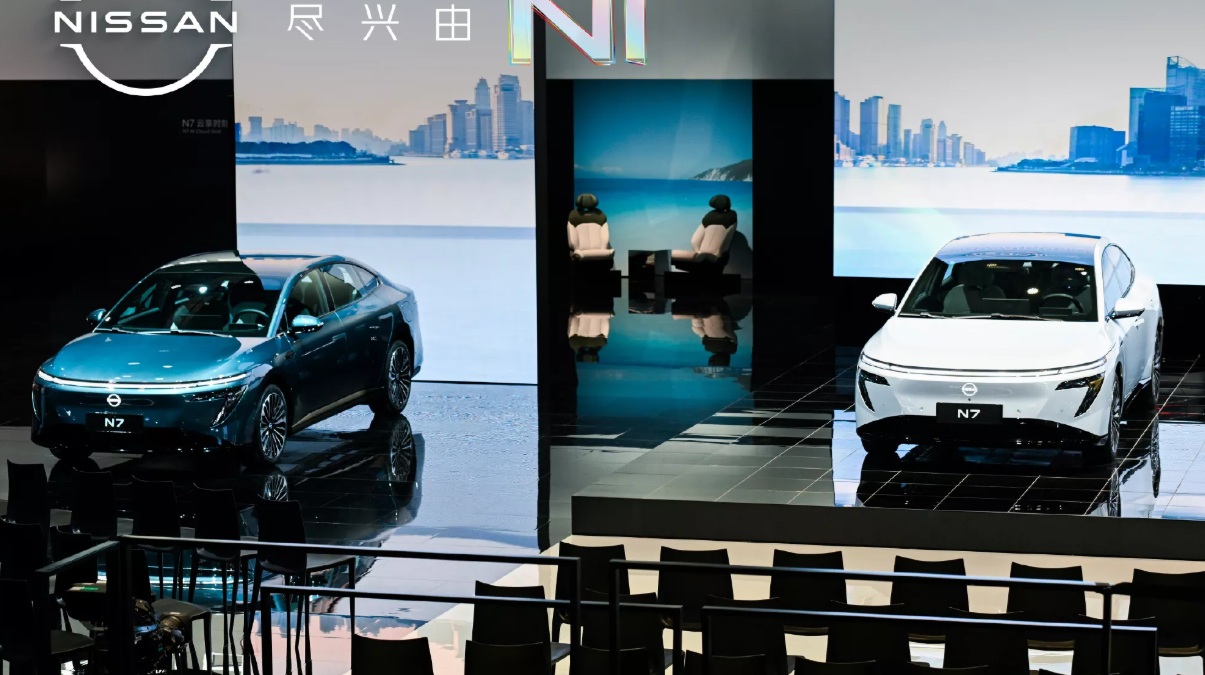
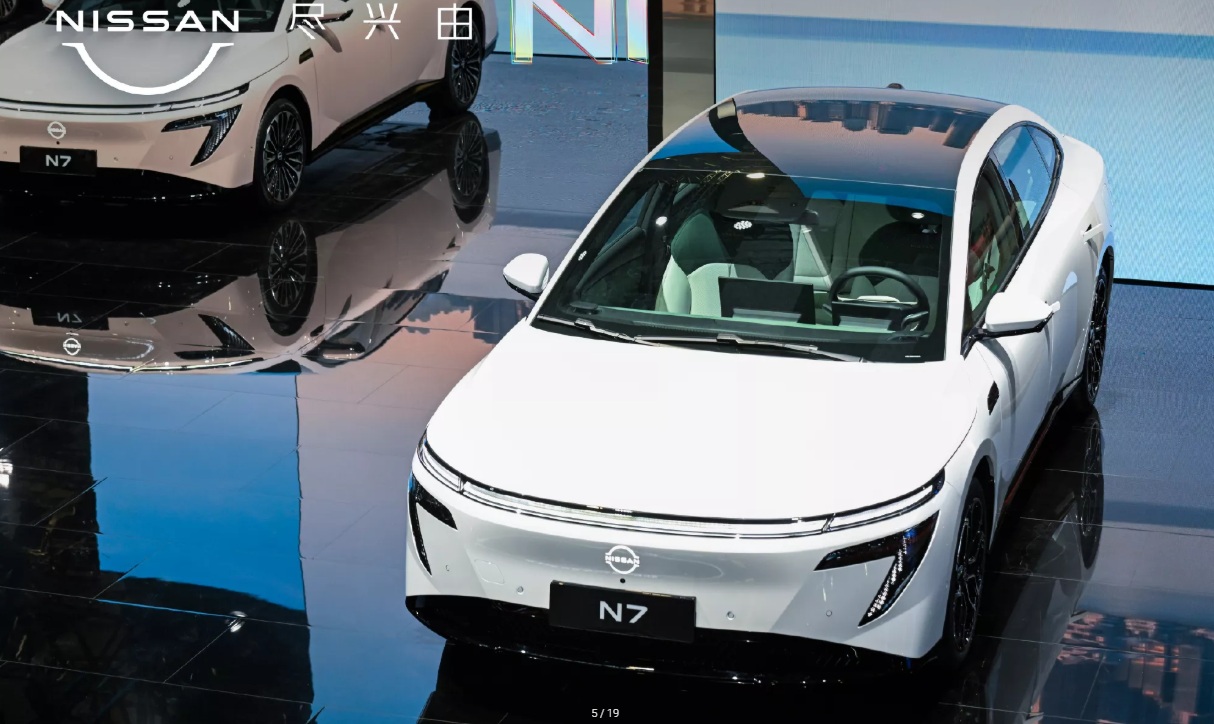
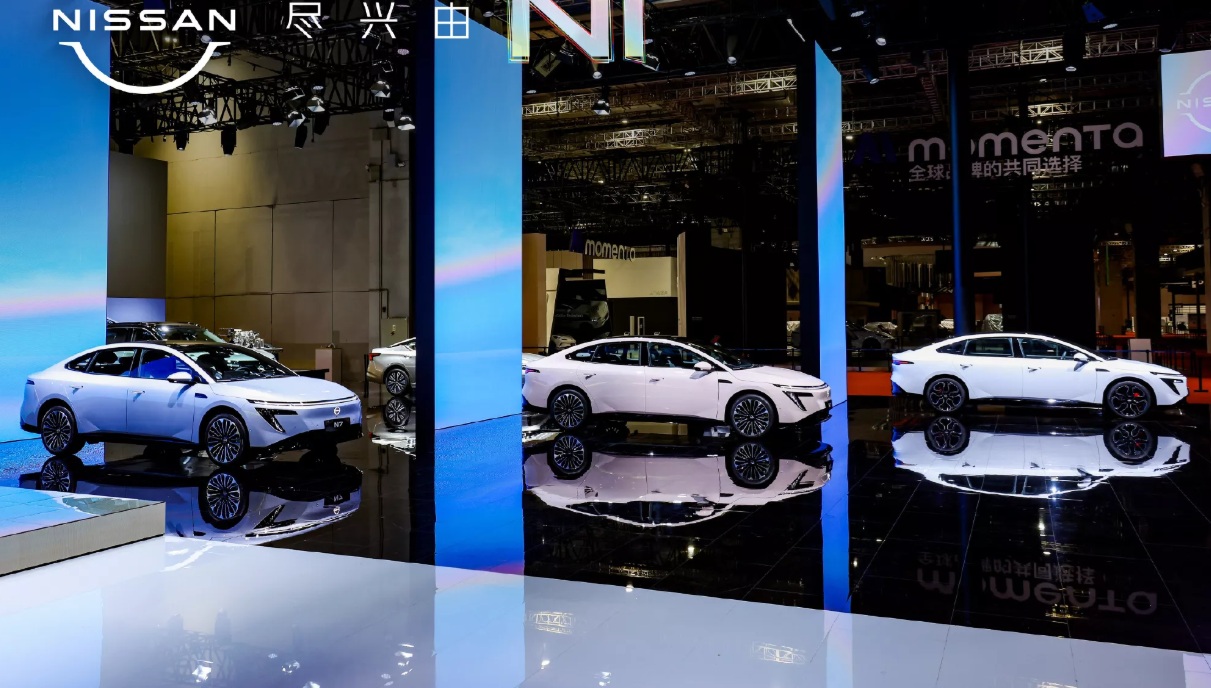
.jpg)
